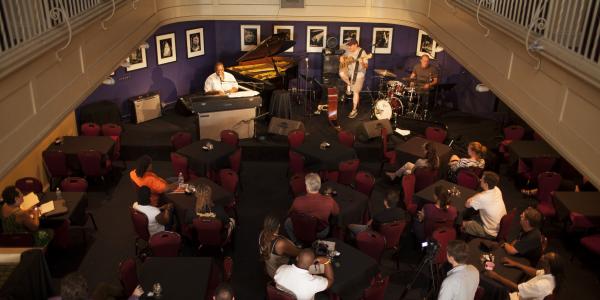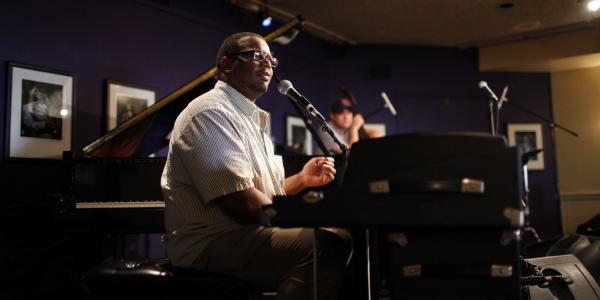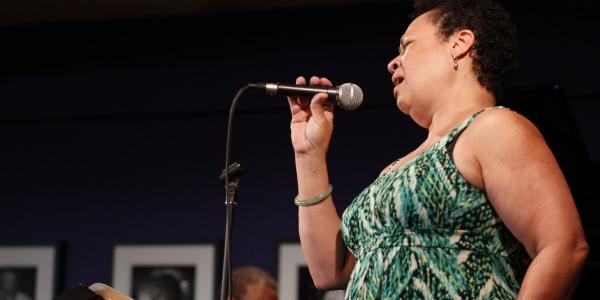The Center for the Humanities will conduct a Summer Institute for schoolteachers entitled “The Sock Hop and the Loft: Jazz, Motown, and the Transformation of American Culture, 1959-1975.” The National Endowment for the Humanities’ Division of Education Programs awarded a grant to fund the institute, which will bring together thirty school teachers (including two graduate students) from various humanities disciplines including English, History, Social Studies, Art, and Music, to explore two streams of popular music within the larger context of the transformation of American taste and changing ideas about the role and importance of music in society.
This institute is critically important for two large pedagogical reasons: 1) As a way to teach teachers how to use the rise of popular music in the 20th century to teach aspects of the racial and commercial history of the United States; 2) As a way of understanding how these two streams of music and their impact on and response to American taste affected literature, film, fashion, cultural aesthetics, even language.
The institute’s instructors include Gerald Early, director of the Center for the Humanities and Merle Kling Professor of Modern Letters at Washington University in St. Louis; Patrick Burke, Associate Professor of Music at WUSTL; Sowande Mustakeem, Assistant Professor of History at WUSTL; Benjamin Looker, Assistant Professor of American Studies at St. Louis University; Matthew Calihman, Assistant Professor of English at Missouri State University; Farah Jasmine Griffin, Professor of English and Comparative Literature and African American Studies and director of the Institute for Research in African-American Studies at Columbia University; Ingrid Monson, Quincy Jones Professor of Music at Harvard University; and other noted scholars.




